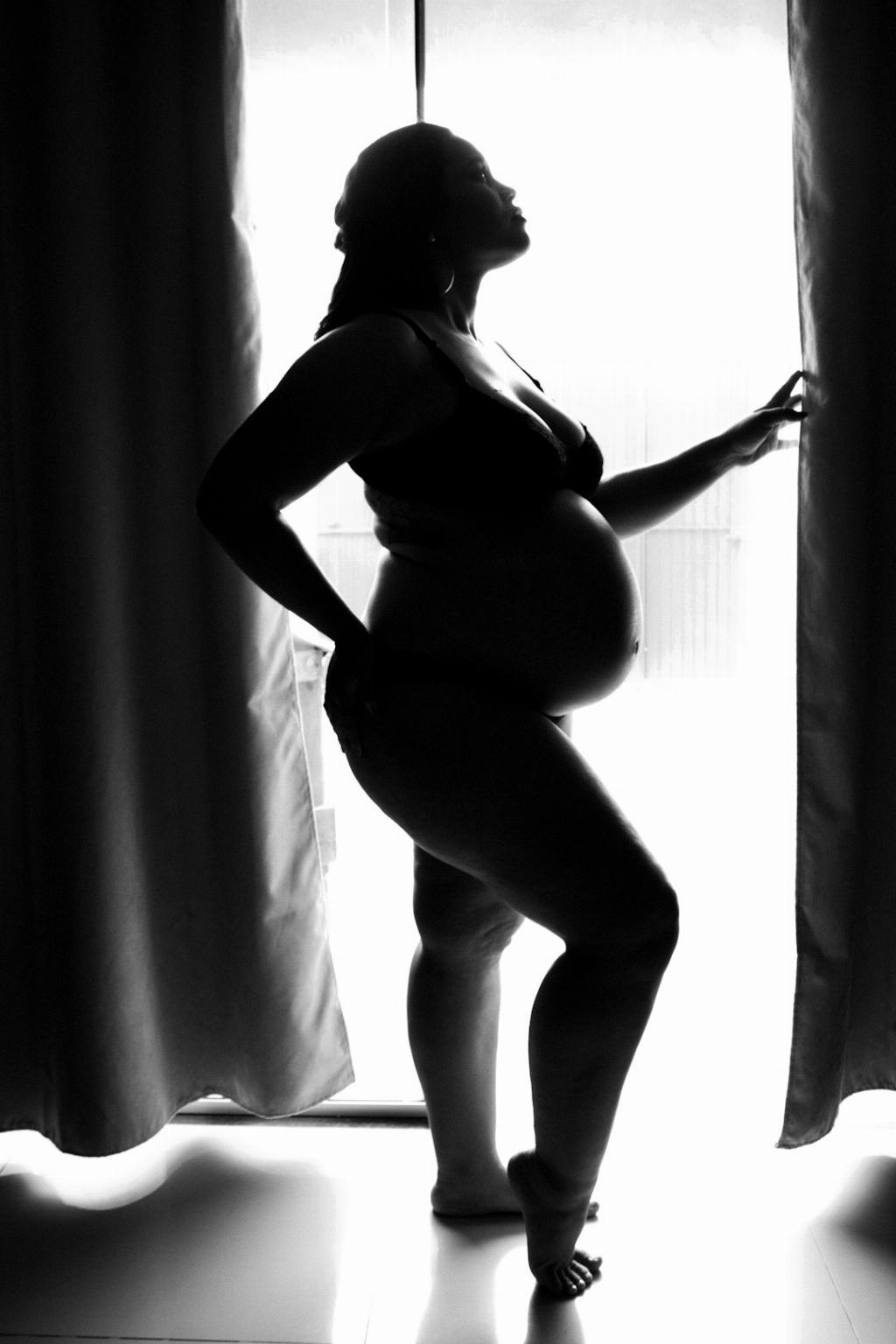When it comes to the journey of pregnancy, every flutter, kick, and movement of your baby holds significant meaning. Many expecting mothers eagerly anticipate feeling these movements, as they serve as precious connections to the growing life within. Among these movements, two terms often arise: quickening and kicking. While both denote the activity of your baby in the womb, there are distinct differences between quickening and kicking that shed light on the various stages of pregnancy.
Quickening: A Special Moment of Connection
Quickening is often described as the initial movements or flutters felt by the mother, indicating the baby’s first subtle signs of activity. This milestone typically occurs between 16 to 25 weeks of pregnancy, varying from woman to woman and pregnancy to pregnancy. Quickening is a magical moment for many mothers, as it signifies the first tangible evidence of their baby’s presence and vitality.
Kicking: The Active Gestures of Your Growing Baby
In contrast, kicking refers to the more pronounced and deliberate movements made by the baby as it grows and develops. These movements can range from gentle taps to vigorous kicks and rolls, becoming more frequent and noticeable as the pregnancy progresses. Kicking is a dynamic expression of your baby’s energy and health, allowing you to bond with your little one in a physical way.
Timing and Sensations
One key difference between quickening and kicking lies in the timing and sensations associated with each. Quickening is often described as subtle, butterfly-like movements that may be challenging to distinguish from other bodily sensations. On the other hand, kicking presents as more distinct and forceful movements that are easier for the mother to recognize and differentiate from other sensations.
Developmental Milestones
Another notable dissimilarity between quickening and kicking is their relation to developmental milestones in the baby. Quickening marks an early indication of the baby’s neurological development and muscle function, showcasing the beginning of their ability to move within the womb. In contrast, kicking signifies more advanced stages of development, with the baby’s movements becoming stronger, coordinated, and purposeful as they grow.
Mother-Baby Interaction
Both quickening and kicking play essential roles in fostering the bond between mother and baby during pregnancy. Quickening allows the mother to feel the subtle movements of her baby, creating an emotional connection that strengthens over time. Kicking, on the other hand, provides more active interactions, as the mother can respond to and even anticipate her baby’s movements, fostering a sense of communication and closeness.
Medical Significance
From a medical perspective, quickening and kicking also hold significance in monitoring the well-being of the baby during pregnancy. Healthcare providers often track the frequency and intensity of fetal movements, including both quickening and kicking, to assess the baby’s growth, activity level, and overall health. Changes in movement patterns can indicate potential concerns that may require further evaluation.
Emotional Impact
The emotional impact of quickening and kicking should not be overlooked, as these movements can evoke a range of feelings in expectant mothers. Quickening often brings a sense of wonder and joy, marking a milestone in the pregnancy journey. Kicking, with its more robust and interactive nature, can evoke feelings of excitement, reassurance, and connection, strengthening the emotional bond between mother and baby.
Self-Care and Awareness
As an expectant mother, staying attuned to the patterns of quickening and kicking is an essential aspect of self-care during pregnancy. Monitoring your baby’s movements, noting changes in frequency or intensity, and seeking medical advice if concerns arise are crucial elements of ensuring the well-being of both you and your baby. Self-awareness and proactive self-care can contribute to a positive pregnancy experience.
Educational Resources and Support
For many mothers, accessing educational resources and support networks can provide valuable insights and guidance on quickening, kicking, and other aspects of pregnancy. Participating in prenatal classes, connecting with other expectant mothers, and engaging with healthcare professionals can offer a wealth of information and support to navigate the journey of pregnancy and motherhood.
Enjoying the Journey
Ultimately, the experience of quickening and kicking during pregnancy is a unique and personal journey for every mother. Embracing these moments of connection, vitality, and growth can enhance the joy and wonder of pregnancy, creating lasting memories that celebrate the miracle of new life. By savoring each flutter, kick, and movement, mothers can cultivate a deep sense of connection with their baby and cherish the remarkable journey of pregnancy.

